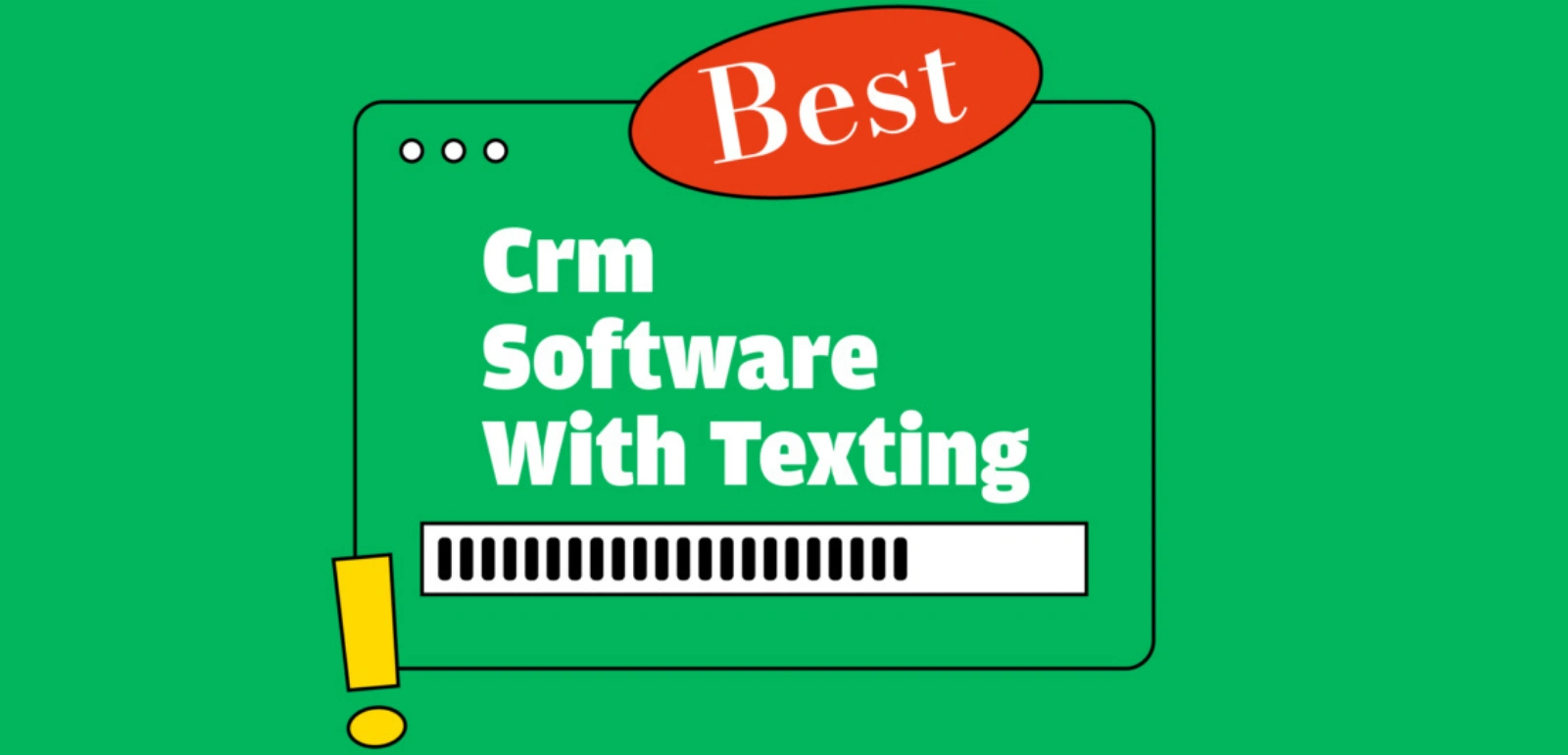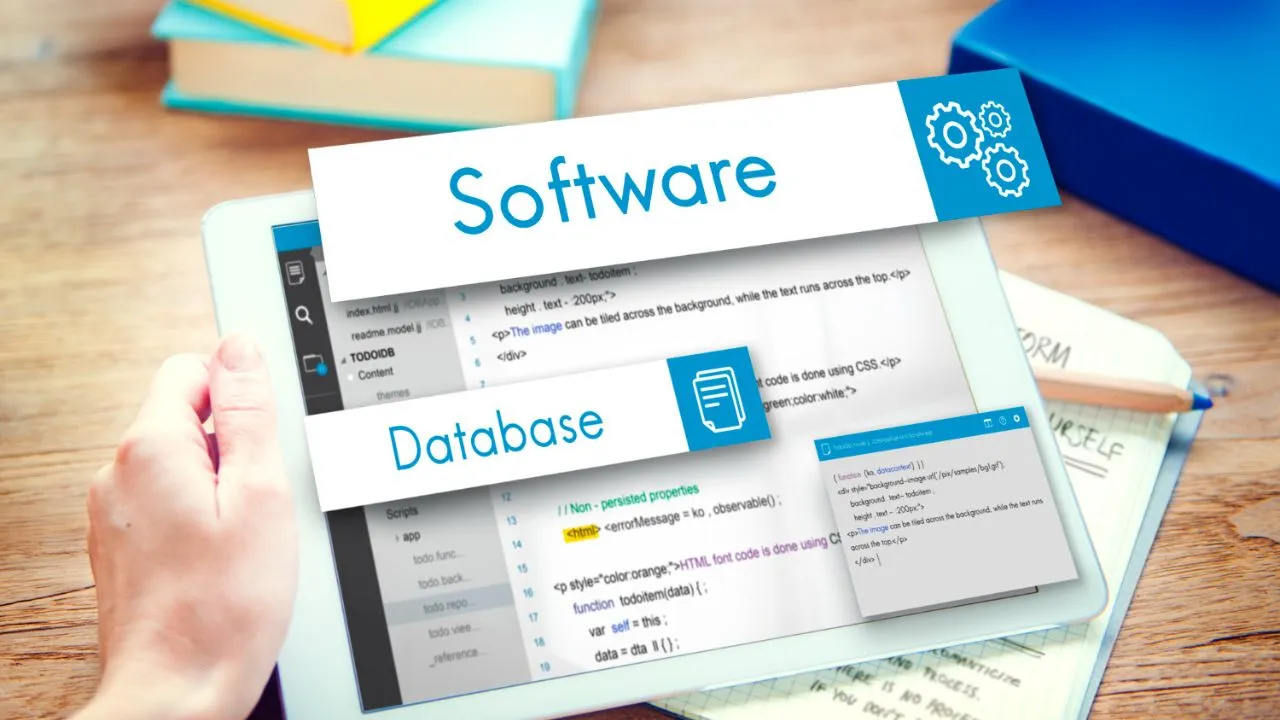Imagine running a restaurant without the sweat of saving pricey rent, fancy décor, or keeping numerous employees on the payroll. This is what a cloud kitchen offers, having the advantage of delivering only from any kitchen and doing all that right at home and delivering straight to your customers’ doors.
Cloud kitchen, also known as a ghost or virtual kitchen, refers to an eatery that exists solely for delivery purposes. Not at all similar to a traditional restaurant with dine-in space and walk-in customers.
Cloud kitchens exist purely for food preparation for purposes of filling in delivery orders through such platforms as Zomato, Swiggy, and UberEats. Given the rise in food delivery services, a cloud kitchen business is a fantastic concept to convert your culinary skills into a profitable venture without the pains of a restaurant.
This article will break down everything for you that you need to know to get your own home-based cloud kitchen operational, so you can dive into this fast-growing trend with confidence and creativity. This guide will also help you understand how to start a cloud kitchen, from choosing a location to marketing your brand.
The Rise of the Ghost Kitchen - Your Culinary Opportunity
- Shifting Consumer Behavior: Online food delivery is quite popular, and eating at home has turned into a considerable option especially in the post-pandemic times.
- Low Investment and High Returns: Ghost kitchens traditionally need almost no funds for a prime location or expensive servers; thus, they have all lowered the entry barrier even further while at the same time inflating profit margins.
- Faster to Set Up: Cloud kitchens can set up comparatively faster within a few weeks at best, allowing entrepreneurs to capitalize on arising trends much faster than a brick-and-mortar establishment.
- Multiple Brands, Multiple Cuisines, Single Kitchen: A kitchen can be operated by several virtual brands with varying cuisines in order to effectively utilize the kitchen space but also cater to different tastes.
- Technology Orientation: Cloud kitchens operate mostly on online order-management programs, delivery apps, and customer data analytics. This helps in smooth operations and better decision making.
- Scalability and Growth: Cloud kitchens concepts with exceptional promise and minimal overhead can scale with great speed to different cities and territories.
Accelerating Growth Rate of Cloud Kitchens
The global cloud kitchen industry now stands at 51.96 billion in 2022 and is expected to reach 112.53 billion by 2028. One of the main drivers in this growth is the increasing adoption of food delivery apps such as UberEats and DoorDash, whose usage increased dramatically during the pandemic and is still on the rise.
Online food delivery market is expected to grow at a rate of 12.8% from 2023 to 2030. Cloud kitchens are doing very well by tapping the consumer demand for convenience and delivery-focused operations, with an increasing piece of the decreasing costs and changing eating habits positioned as key players in the future of the food service industry.
Ideal Fit for a Cloud Kitchen Venture

Home-maker wives: Ideal for those who would like a business they can operate from home and, at the same time manage their families.
Aspiring Chefs: Suitable for a chef who would like to showcase his skills without the overhead of an ordinary restaurant.
Entrepreneurs: appropriate for start-ups who want to invest in a business that has a potential for growth without huge sums of initial capital.
Small business owners: A good option for existing food businesses like food trucks or catering services wanting to expand their reach through delivery.
Foodies: Persons who feel for cooking and wish to interact with the food industry but do not intend to start their own restaurant.
Understanding the Cloud Kitchen Model
What Is a Cloud Kitchen?
Cloud kitchen, or ghost kitchen or virtual kitchen, refers to the delivery-only food business, which does not have a dine-in option. Customers can place their orders online via food delivery platforms or brand sites for the delivery or takeaway. Food is cooked just for takeaway and delivery purposes.
Lower Operating Costs
The cloud kitchens cut off most of the expenses that could be incurred on customer-facing infrastructures such as waitresses, decorations or costly places and focused on operational costs, thus working towards better food quality and delivery.
Faster Setup & Flexibility
Due to being easy and cheap to set up, cloud kitchens are compared to traditional restaurants. This flexibility enables owners to try new concepts, menus, and cuisines without the burden of heavy financial liability.
Multiple Revenue Streams
A single kitchen can serve as the base for multiple virtual brands all of which are focused on a different type of cuisine or customer group. This will allow the kitchen to be more utilized and reach a larger audience through the same infrastructure.
Technology-Driven Efficiency
With the use of modern point-of-sale systems, kitchen display units (KDU) and data analytics, cloud kitchens have in place the ability to operate more efficiently. Integration with the delivery aggregators Zomato and Swiggy enables smooth order processing and customer tracking.
Different Types of Cloud Kitchens
- Single-brand Cloud Kitchen: Dedicated to a certain cuisine or brand.
- Multi-brand Kitchen: Holds multiple brands under one roof.
- Aggregator-run Kitchen: Space provided by platforms such as Swiggy Access.
- Co-working Cloud Kitchen: Shared among multiple independent cooking operations.
How to Start a Cloud Kitchen?
1. Market Research Essentials for Cloud Kitchen Business
Cloud kitchens look at the pattern of demand in the local delivery area as a matter of major importance. Given that they strictly operate on a delivery model, understanding the food order frequency in the locality helps estimate potential business. Steady growth of demand is an indication of business growth, and low demand calls for marketing or revising the menu.
Competition analysis is also important because cloud kitchens operate in a saturated market and an opportunity exists for differentiation in the filling of gaps in competitors’ offerings.
Consumer preferences that cater to local consumers, such as offering popular dietary trends like vegan or gluten-free options, can be a game-changer. Aligning the menu with local tastes enhances competitiveness.
In brief terms, market research allows cloud kitchens to effectively position themselves to reach their consumers’ needs, surpass competitors, and gain success in the food delivery landscape even without direct contact with the customers.
2. Exploring Business Models for Cloud Kitchens

Here are a few cloud kitchen business models with their respective advantages depending on the goals and resources of the entrepreneur:
Single-Brand Cloud Kitchen
The most obvious model will be running one brand from one kitchen, specialized in just one kind of cuisine or niche. That’s helpful for small businesses and individuals looking to start with a simple, low-investment approach.
Examples: Faasos, biryani by kilo, box8.
Multi-Brand Cloud Kitchen:
Here’s one kitchen running multiple brands from the same place; each brand may cater to different cuisine profiles or demographics. This way, one can maximize usage of the kitchen space and tap a larger customer base.
Examples: EatSure, Zomato’s cloud kitchen, and Sooji
Shared or Co-Working Cloud Kitchen:
Shared kitchen space is rented by multiple food business operators, usually on time-share or per month lease. It’s perfect for start-ups or small businesses which will not invest in their infrastructure.
Examples: Kitchenn, The Cookhouse and Cocorico.
Aggregator Cloud Kitchen:
An aggregator model is that kind of kitchens managed by big companies like UberEats and Grubhub, which let multiple restaurants rent space to prepare food exclusively for delivery purposes. This helps extensively through their existing logistics and delivery infrastructure.
Examples: Swiggy Genie, Zomato Cloud and The Food Box.
Outsourced or Franchise Cloud Kitchen:
Here the company sublets its food preparation to another cloud kitchen, or licenses its brand to a third-party kitchen operator. It is commonly used by chains of restaurants so as to expand their reach without opening new physical outlets.
Example: Ovenstory, Wow! momos and Pita pit.
3. Legal Framework and compliances for Cloud Kitchens

The specific permits or licenses that one will require in order to operate a cloud kitchen business depend on the jurisdiction. Some of the common ones include the following:
▪Food Business Registration: This is intended to lawfully authorize any form of food business to be operated, even a cloud kitchen business. Usually, it is registration with local food authorities.
▪Health and Safety Permits: Health and safety compliance regarding getting certain certifications from the health department is essential about how to handle foods as well as the placing in the kitchen safely.
▪Fire safety clearance: Clear from fire department on achieving fire safety standard in the premises.
▪Business License/General Business Registration: Nowadays, the local government accepts general business registration for people to legally operate a business.
▪Waste Management License: This is only if your food business will be generating waste for proper disposal. Such permits have been covered under permits related to this.
▪Employment Permits: If you will be employing staff, you may need to get permits or clearances concerned with labour law permits. This includes health insurance and compliance with employees’ safety.
▪Alcohol License: If your cloud kitchen sells liquor and other alcoholic beverages, you will have to get a different license to sell alcohol.
4. Strategizing Kitchen Space for Your Cloud Kitchen
A cloud kitchen configuration in your house should strictly adhere to all health regulation compliance and be properly equipped with the right appliances, though. Let’s dig a bit deeper into that:
Compliance to Health Regulation
∙Separate cooking area: The space for a cloud kitchen setup must be separate and not be confused with your personal cooking areas. This enforces cleanliness and prevents cross-contamination.
∙Food Storage: Raw ingredients and cooked food shall be stored in proper storage facilities that have temperature-controlled fridges and freezers.
∙Ventilation and Exhaust: Ventilation apparatus that would deal with smoke, grease, and odours shall be in place.
∙Sanitation Standards: Any local norms of food safety shall be followed about cleaning, waste disposal, as well as handwashing stations. Also, a separate sink for handwashing kitchen equipment shall also be made.
Equipments requisited
∙Commercial-Grade Appliances: You will need to invest in powerful and reliable appliances for cooking, such as ovens, stovetops, refrigerators, and freezers, to prepare the bulk orders.
∙Food Prep Tools: Sufficient utensils, color-coded cutting boards, and preparation surfaces
∙Storage Racks: To keep the ingredients and kitchen tools.
∙Preparation and Packaging Area: For packaging and checking the order before sending it out for delivery.
5. Crafting menu for your cloud kitchen
The secret sauce of cloud kitchen menu planning is striking that perfect balance between taste and delivery durability-not anyone wants their fries soggy or his salads wilted. So how does this work?
∙Select travel-friendly foods: Options include items that won’t lose quality when traveling, like pasta, bowl grains, and wraps. Food that’s gooey or oily, like fried foods, are best avoided as they lose their appeal easily.
∙Keep ingredients simple and affordable: Use simple, common ingredients. Seasonal produce is the best because it is fresher, costs less and contributes massive flavours to your menu with little fuss.
∙Don’t overcomplicate the concept: A thin menu is easier to control and allows room to hone a few superstars. Have one or two signature items that will make your cloud kitchen memorable, like a unique burger or creative salad.
6. Effective packaging and brand identity for your cloud kitchen
Proper packaging is the key in a successful modern cloud kitchen for the long haul. Here’s why:
Good packaging
Good packaging ensures safety during transportation and preserves the product integrity while making it durable, leak-proof, and allowing food inside to remain within a certain temperature. It must withstand sogginess, particularly for fried foods. As sustainability continues to be emphasized, biodegradable or compostable packaging may alleviate some of the less pleasant environmental impacts and be in line with customer tastes, thus differentiating your brand. Service providers like Packwire make it easy to customize sustainable packaging solutions, helping businesses create packaging that is both functional and eco-friendly.
Building a strong brand identity
Branding extends far beyond logos and taglines; every customer interaction is branded. A distinctive and memorable brand will probably leave a lasting impression in a competitive delivery market among customers who build loyalty. Consistency is key, unified branding on packaging, websites, social media, and delivery vehicles increases brand recognition. Strong visuals and clear messaging create reliability and trust while highlighting your values, such as local ingredients or sustainable practices, with your target audience. Including elements like QR codes created with The QR Code Generator (TQRCG) can help connect physical branding materials to online content for a seamless customer experience.
Customer experience and engagement
Think about all the ways you can develop packaging to continue improving the customer experience. Personal touches include a handwritten thank you or a special offer to make the customer want to come back. Spending time over consideration in thought-provoking packaging such as reheating instructions, ingredient lists, or nutritional information only serves to reflect professionalism and care for the customer and makes them more engaged.
7. Maximizing Reach for Your Cloud Kitchen Through Delivery Platforms
Starting and running a cloud kitchen in India relies fundamentally on the help of a delivery platform. Here is an overview of the leading platforms:
∙Zomato: This is the largest food delivery platform in India and offers access to large numbers of users and market options. You will have to upload restaurant information and a menu after applying to the Zomato Partner Portal. Commissions vary between 18-25% and premium placement with promotion options can be accessed.
∙Swiggy: Swiggy is one of Zomato’s biggest rivals. Swiggy has made delivery and logistics streamlined. Having joined Swiggy Partner, their commission ranges between 15% and 25%. Swiggy has its “Access” scheme that offers cloud kitchens with infrastructures in hundreds of localities for quick service.
∙Dunzo: Launched as a hyperlocal delivery service, now being a food delivery company, it is a great bet for kitchens small or niche. All the kitchens can be able to quickly reach the local customers through its focus on hyperlocal.
8. Efficient Order Management Solutions for Cloud Kitchens
Cloud kitchens rely on several order management tools and software. Some of the popular ones include:
∙PetPooja: It is one of the leading POS systems in India that directly integrates with the biggest food ordering platforms such as Zomato, Swiggy, and Dunzo. This facilitates easier handling of orders. Updated orders are viewed in real time, kitchen operations followed, and inventory maintained. This makes PetPooja a great fit for any cloud kitchen.
∙DotPe: It’s a POS, digital payments, and order management solution all in one. This solution is gaining popularity in India, allowing businesses to create their ordering platform, thus avoiding third party commissions. It also enables the taking of orders via social media or WhatsApp, allowing easy and engaging participation from customers.
∙UrbanPiper: This is an order management system specifically designed for restaurants. It integrates orders from all portals such as Zomato, Swiggy, and Dunzo, giving you the convenience of managing all your orders from one interface. Detailed reporting features are available with UrbanPiper to control operations effectively.
9. Building your cloud kitchen brand through marketing & promotions
It doesn’t have to be expensive and dull when you market your cloud kitchen. Fun and easy steps to boost your brand and keep orders flowing:
Be Social on Instagram and Facebook
Publish appealing photos of your dishes on both Instagram and Facebook, using good lighting to expose their appeal. Using Instagram Stories and Reels can reveal activities in the kitchen or special deals, while reaching out with local customers through Facebook Ads will truly maximize visibility.
Mastering SEO
Make sure your cloud kitchen shows up in local searches like “best biryani near me.” You need to open your Google My Business profile with a picture of your location, menu, and phone number. Encourage the happy customers to leave reviews on Google, Zomato, or Swiggy to improve rankings.
Partner with local influencers
Partner with local food bloggers and influencers to show your dishes to their followers. Provide them free meals or discount codes for sharing among their audience, where it benefits both parties and attracts new customers.
Utilize WhatsApp
Open a WhatsApp Business account to easily update customers about new menus, dishes, or discounts. Send bulk messages to previous customers and personalized greetings on special occasions to enhance customer appreciation.
Partner with Local Businesses
Identify a nearby gym, office, or coworking space and make an agreement with them in advance to provide meal packages or catering. You would thereby reach the hungry around you and also build community relationships.
10. Mindful budgeting and cost control for your cloud kitchen
Kitchen Infrastructure:
∙Shared Kitchens-Rent out swiggy access, for reduced upfront costs.
∙Bulking will also improve bonding with the local suppliers thus improving saving. Fresh produce will be bought only during the peak season for reduction in ingredient costs. inventory track tools will be used to avoid losing and overcrowding. End.
∙Custom branding can be extremely low-cost through use of stickers or simple designs.
Labour:
∙Only full-time staff should be working during peak hours
∙Orders and inventories must be automated to minimize manpower reliance
11. Competitive pricing strategy for your cloud kitchen
Cost-Based Pricing:
∙Food Cost must be 30-35% of the selling price.
∙Price must be adjusted to incorporate the commissions of the delivery platforms with 15-30% not losing money
Competitive Pricing:
∙Benchmark against local competition, and differentiate by highlighting unique dishes that may warrant premium pricing.
Bundle Deals
∙Use combo meals or add-ons on larger orders such as drinks or sides to increase the average order value.
12. Exploring various revenue streams for your cloud kitchen
Catering:
Lock in huge orders at high revenue with catering, particularly with corporate events or parties
Meal Subscriptions:
Run a weekly/monthly meal subscription service targeting busy professionals or niche diets such as keto or vegan, which creates recurring revenue.
Partner with local gyms, businesses, or influencers to share ownership of a meal deal to reach each other’s audiences for exposure.
Virtual Brands:
Have several virtual brands (pizzas, salads, etc.) from one kitchen to share the same equipment to reach many different customer bases and spread out earnings potential.
13. Scaling strategies for your cloud kitchen venture
With your cloud kitchen gaining steam, you could consider new dishes or cuisines so the menu remains ongoing and accessible to a broader population. You test new items through LTOs to determine customer interest in them before fully incorporating them in the menu. Be focused on complementary cuisines or dishes that would fit with your present kitchen’s set up. This way, you wouldn’t have to make considerable investments in new equipment or ingredients.
More Delivery Platforms:
More such platforms would mean greater visibility, but you’d want to ensure the increased volume of orders didn’t compromise on either the quality of dishes served or delivery time. Compare the commission rates, user base of each platform to determine the most viable partnership strategies.
Outsourcing/Hiring:
Scale kitchen operations as order volume is scaled up to maintain quality and efficiency of services. Outsource functions like marketing, social media management, and delivery logistics to companies specializing in these. This will give you time to focus on the operations. Execute other nitty-gritty like SEO optimization or menu photography, entrusted to specialists, in order to enhance your brand’s online presence and draw in more traffic to your kitchen.
Tips to Set Up a Successful Cloud Kitchen Business
- Find a Profitable Niche: Research food delivery trends and the gaps in the local market. Identify an under-represented niche cuisine offering or food type like healthy bowls, regional food, or fusion food, that could strike consumer demand.
- Find the Best Location: Choose affordable rent locations in an area where there is high demand on the delivery front. Customer visibility is not a requirement since this partnership will only be for delivery purposes.
- Design a Good Menu: Quick, cost-effective, and suitable for delivery. Foods should be prompt, travel well, last long, and be easy to prepare. Maximizing the extent of high-margin items should also be a priority.
- Pack in the Best Quality: Packaging contributes quite a lot to customer experience. Use secure, non-leak, as well as eco-friendly ones which deliver the best-fresh quality at highest warmth and beauty to customers.
- Use Online Instruments: Partner with Swiggy and Zomato while flooring it on the platform of your own website, social networking, and influencers for better visibility of the brand.
- Operational and Hygiene Oriented: The whole point of investing in authorizing kitchen workflow, hygiene, and working conditions is to train the staff. All three will ensure good review generation and trust built over time leading to food quality, which eventually results in repeat orders.
How Much Will It Cost to Set Up a Cloud Kitchen Business?
- Kitchen Space & Rent: A simple cloud kitchen would need an area of about 300-500 sq. ft. in an off-prime location. Monthly rent will vary as per the city and locality, between ₹30,000 and ₹60,000 per month.
- Equipment & Setup: Essential kitchen equipment like burners, refrigerators, tandoors, exhausts, storage, etc., can vary between ₹3 and 5 lakhs, obviously based on cuisine and brand scale.
- Licensing & Registration: You would require FSSAI registration, with fire safety NOC, shop & establishment license, and a few other municipal permits to be available in your locality. These would all range from ₹20,000 to ₹50,000 depending on locale.
- Salaries to Staff: A small team of chefs, helpers, and a cleaner would cost upwards of ₹40,000 and reach around ₹70,000 per month depending on the experience and the number of shifts.
- Technology & POS Systems: Costing about ₹20,000 to ₹50,000 as upfront investment, such systems would also be needed for order management, tablets, POS integrations, and aggregator partnerships (Swiggy/Zomato). These would also carry a recurring monthly charge.
- Marketing & Packaging: Initial branding, digital marketing, and influencer outreach would cost about ₹50,000-1 lakh. Packaging also needs a monthly budget of ₹10,000-₹20,000, depending on the order volume.
Conclusion
A cloud kitchen has the benefit of lower overhead since it does not occupy costly dining space, which opens up the chance for investing further in food and marketing. Its model is flexible, which would allow for menu and strategy changes very quickly as requested by the customers or triggered by trends in the market. However, the difficulty lies in that it is dependent on delivery platforms, which could cost the company and worsen the brand image. With a rise in competition, aspiring cloud kitchen owners can focus on niche branding, quality food, and loyal customers in order to create stability and flexibility in this fast-paced sector. Start small to be big.
Related Read: How to Start a Tiffin Service Business
FAQ Regarding Cloud Kitchen Business
What are the essential licenses required to start a cloud kitchen business?
The main licenses to start a cloud kitchen company are FSSAI, Shop & Establishment, GST Registration, Fire Department NOC.
Are cloud kitchens profitable?
Profit margins of 20-30% can be maintained in the cloud kitchen. The global market for cloud kitchens is expected to advance at an annual rate of 20% in food delivery services with a reduction of operational costs by up to 30-50%, and it’s expected to grow from $43.1 billion in 2021 to $71.4 billion by 2027.
Can one start cloud kitchen from home?
Absolutely, one can start a home-based cloud kitchen by getting all the necessary permits and licenses, following all local health regulations, and utilizing delivery services, with a focus on effective menu development and marketing strategies to reach customers.
What’s the difference between a cloud kitchen and a virtual kitchen?
A cloud kitchen would then be described as a shared commercial space hosting multiple food brands or concepts for the sake of delivery. A virtual kitchen is therefore a specific brand operating solely online with no physical restaurant presence, and can be located in a cloud kitchen or other commercial kitchen space.






